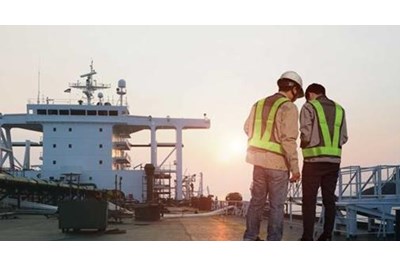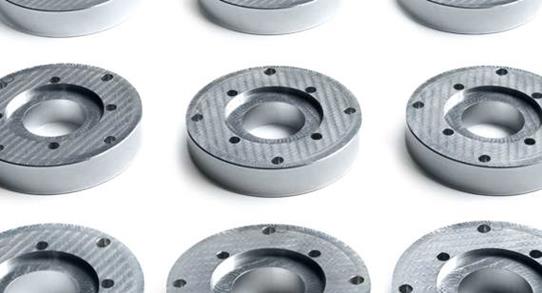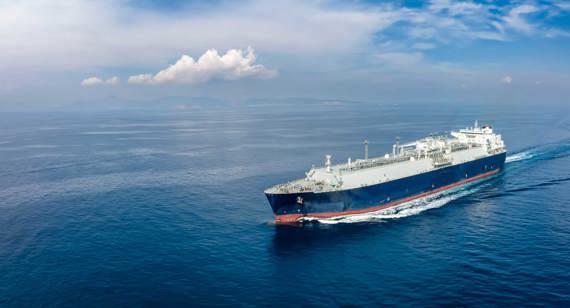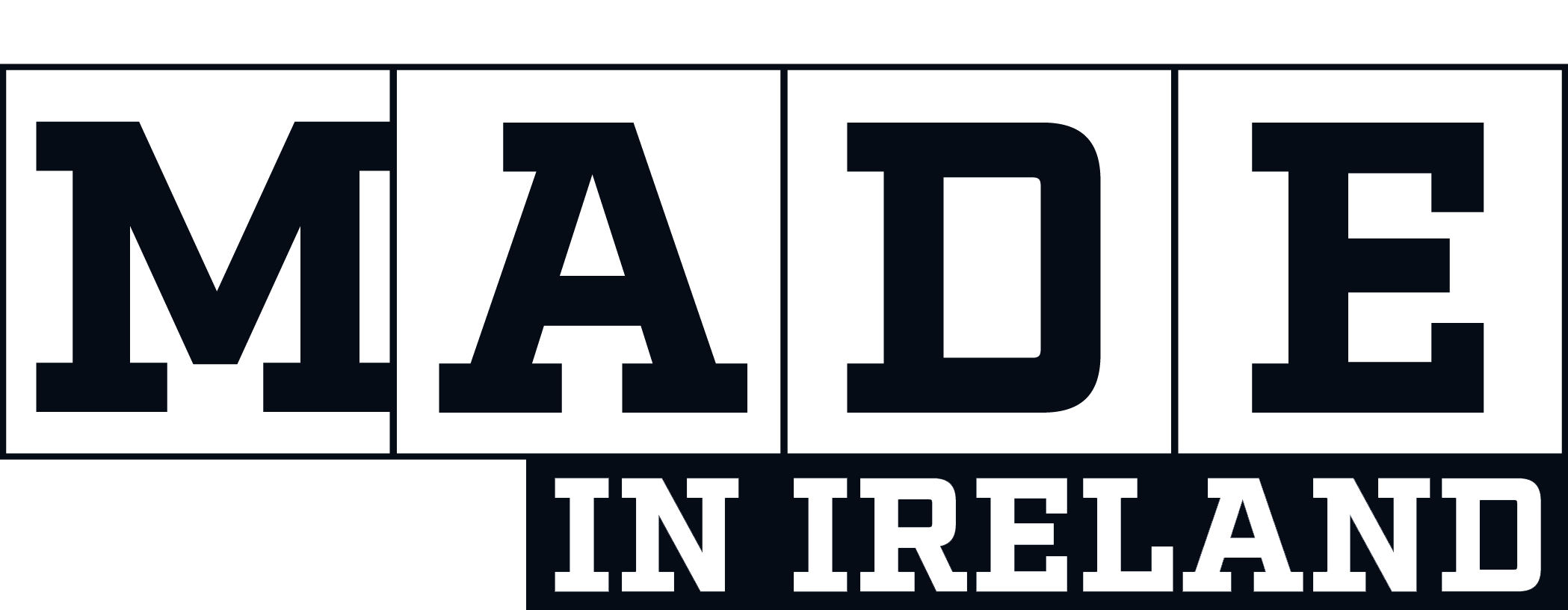Few periods in human history have had such an uncertain future. From the introduction of AI to the climate emergency, international conflict to pollution, global trends pose major challenges to conventional ways of working in the maritime industry. They also provide opportunities to innovate. New technologies – including digital manufacturing, 3D printing, advanced materials and next-gen propulsion – offer rich rewards to those who can effectively harness them. But doing so will not be easy.
A lack of expertise and skilled personnel is the main challenge facing the maritime industry today, according to the latest survey from the IMarEST and rapid manufacturing specialist Protolabs. The issue was selected by two-thirds (66.5%) of respondents, an increase of 5.9% on 2023. The persistent issue could threaten to derail implementation of new processes and technologies, holding back the sector’s ability to adapt and thrive in a changing world.
Reducing dependency on marine diesels and switching to small nuclear reactors offers a major opportunity, for example – but, one respondent said, “this will require expertise that is not readily available. Furthermore, competent people with steam experience are becoming a rare breed of people.
"Automation and digitisation is the future. However, expertise in quality, problem-solving and maintenance of these areas is essential”
Looking at key innovations and potential barriers to their adoption, the survey of more than 150 marine professionals – including many senior and chief engineers, consultants and project managers working around the world – found that a lack of expertise is also the greatest challenge facing maritime’s adoption of digital manufacturing techniques, picked by 58.1% of people who took part. “Automation and digitisation is the future,” one person said. “However, expertise in quality, problem-solving and maintenance of these areas are essential.”
Cutting carbon
The skills gap is far from the only challenge facing the sector, however. Decarbonisation and sustainability were voted the second and third most significant hurdles, selected by 55.7% and 54.5% respectively.

Technology adoption was selected by two-fifths of respondents (40.1%), with one person identifying “technological changes made by people and designers without marine knowledge and experience” as a challenge, and another criticising a perceived lack of understanding of new technology from maritime regulators.
Some issues are improving. The fuel supply chain was selected as a principal challenge by only 19.2% of respondents, down from 24.8% last year and 30.3% in 2022, reflecting stabilised costs and supply.
Other concerns identified by marine professionals included security weaknesses and the risk posed by ‘rogue actors’. “Electronics and related control systems are the weakest link in the secure and safe, reliable operation of so-called modern ships,” one person said.
Outsourcing and automation
As the world changes, so will manufacturing. CNC machining was selected as the most important manufacturing technology being used in the maritime sector, picked by two-thirds (65.3%) of respondents. More than a third selected injection moulding (35.3%) – ahead of 3D printing, which was only selected by 32.9% of respondents, down from 38.7% last year.
Outsourcing is on the rise, the survey found. Almost half of respondents (45.5%) said that none of their manufacturing is done in-house, up from 36.1% last year. A further 27.5% said that less than a quarter is done in-house, meaning almost three-quarters of respondents (73%) do less than a quarter of their manufacturing in-house.
Automation trials at some organisations may be meeting a premature end, with increasing numbers of respondents saying that none of their manufacturing services are automated.
Almost half (47.3%) said no manufacturing services are automated, up from 35.1% in 2023. No respondents said that more than 75% are automated.
Quality is respondents’ top requirement for suppliers, selected by a huge 86.2%. That was followed by price on 60.5% (up from 57.4%), then certification on 42.5% (down from 48.5%). Certification was nonetheless of paramount importance when working with manufacturing partners, with 68.9% saying it is ‘very important’.

“Additive printing and manufacturing techniques have immense potential, but will require a wholesale rethink of how ships are designed”
Digital manufacturing
After a lack of expertise, equipment cost was the second biggest concern (46.7%) facing maritime’s adoption of digital manufacturing techniques, followed by the time required to adopt digital technologies (40.1%). Lack of training (39.5%) and lack of awareness (35.9%) followed.
As with the top requirement for suppliers, quality is the key consideration when designing and manufacturing parts for the industry, picked by a majority (61.7%) of respondents.

Searching the horizon
Respondents had many different suggestions for where they saw the major future opportunities in the maritime sector, including increased use of digitised manufacturing techniques and digital design, robotics, lighter materials for manufacturing, digital twins of platforms and items, and use of carbon capture and other technologies for emissions reductions.
Despite its current status below CNC machining and injection moulding, many people saw future potential in 3D printing. Promising use cases include “revolutionising” production of spare parts, in-house and onboard printing, and topology optimisation.
“Additive printing and manufacturing techniques have immense potential, but will require a wholesale rethink of how ships are designed – and more importantly built – how shipyards are laid out, how they work,” one person said. “But it could change the game entirely.”
Many respondents also saw major future opportunities from AI, including for training sea-going personnel, aiding design, optimising ship performance and increasing energy efficiency and manufacturing.
“The use of digital technologies like AI and blockchain can make maritime operations more efficient, safe, and secure,” one person said. “Smart ships with advanced sensors and automation can plan better routes, use less fuel, and improve maintenance with predictive analytics.”
As with the wider sector, training will be key to bridge the skills gap and make the most of the opportunity. “Automation and digitisation is the future,” one respondent said." However, expertise in quality, problem-solving and maintenance of these areas are essential.
Facing the challenge
“On the back of the findings from the survey, collaboratively, we need to face the immediate challenge of lack of expertise and skills. Companies such as Protolabs need to step up and support the sector to enhance skills, share knowledge and expertise. “As outsourcing manufacturing is on the rise in the sector, it is imperative that they source a credible, reliable manufacturer to support the services needed. This in turn will have a wider impact, for both short-term and long-term development. Consolidating the supply chain will also minimise risks to projects, allows access to resources quicker, stopping any potential delays and the added long-term benefit of saving costs.
“The feedback from the IMarEST community is vital to us as a manufacturer, so we can face challenges head-on and solidify future progression in the industry, allowing for innovation and future-proofing of the industry and its application.”
Tasos Pantelis, European Project Engineer










